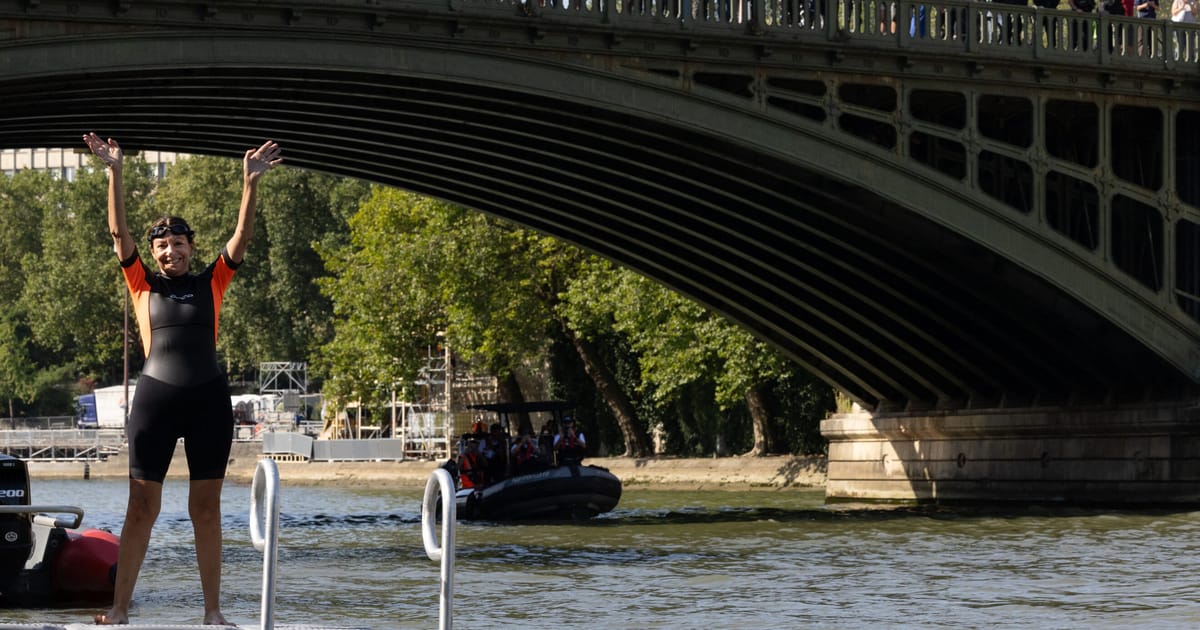

In a significant move that showcases Paris’s commitment to sustainability, the historic Seine River now welcomes a new addition—state-of-the-art swimming pools. As one of her final major endeavors before stepping down next year, Paris Mayor Anne Hidalgo’s initiative reflects the city’s ongoing efforts to enhance its green legacy. The transformed section of the Seine aims to revive the natural allure of the city and offer Parisians a unique recreational space, part of a broader vision to prepare Paris for its role as the host of the 2024 Summer Olympics.
This project is more than just an infrastructural achievement. It highlights a dedicated commitment to restoring urban water bodies for public use, marking a turning point in the city’s ecological trajectory. In doing so, Paris not only mitigates the environmental impacts of urban life but also sets an inspiring precedent for cities worldwide, which may look to the French capital as a model for urban ecological renewal. The pools, sparkling vibrant amid the summer sun, stand as a testament to the careful balancing of innovation with environmental conservation.
Meanwhile, across the Channel in the United Kingdom, the A14 bypass project in Cambridgeshire presents a cautionary tale in environmental planning. Despite intentions of a biodiversity net gain, the multi-billion pound infrastructure initiative has been met with setbacks. The promise of a 11.5% increase in local biodiversity seems to have wilted alongside the bulk of the 860,000 trees planted along the route, many of which succumbed to harsh conditions, leaving behind a bare and stark landscape.
The stretch of the road through Cambridgeshire was initially envisioned as a vibrant green corridor that harmonized development with nature. Yet, what remains starkly visible are the remnants of these ambitions, opted for innovative roadside plantations that struggled against the tides of nature. In an attempt to meld progress with natural enhancement, the road’s planners placed significant emphasis on environmental sensitivity, selecting species thought to adapt well to roadside conditions. Nonetheless, the realities presented by weather patterns and maintenance issues caught up, painting an unfortunate picture of unrealized potential.
The juxtaposition of success with the Seine project and the challenges faced with the A14 reflects a broader contemplation about urban environmental projects and their varied outcomes. While the Seine’s swimming pools illustrate the heights of planning and sustainable realization, the A14 serves as a reflection point on the need for adaptability and the robustness of environmental assessments in planning and execution stages of development projects.
As cities across the globe continue to interface with environmental redevelopment, the dual narratives of Paris and Cambridgeshire serve as vital lessons in leadership and foresight. The Seine’s serene waters may soon become etched in the lives of Parisians as a symbol of restorative urban space, while the lessons of the A14 encourage a critical examination of ecological commitment as cities navigate the complex intersection of growth, nature, and the demands of our changing world.
In the tale of two projects, the theme of renewal remains ever-present, urging thoughtfulness and care in our collective pursuit of environmental harmony. As Paris celebrates a new chapter on its storied riverbank, it reminds us of the subtle dance required to harmonize human progress with the whispers of the wild.
Source: {link}
